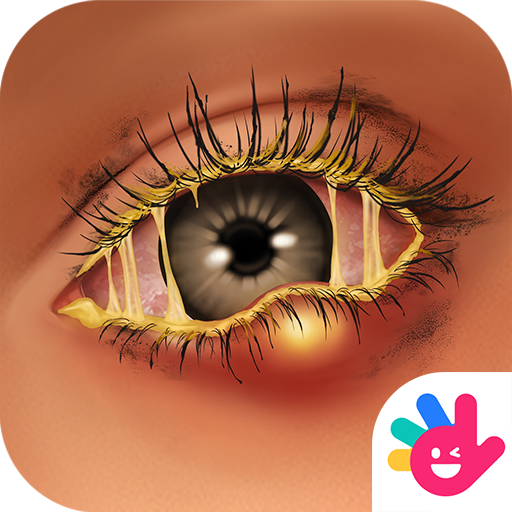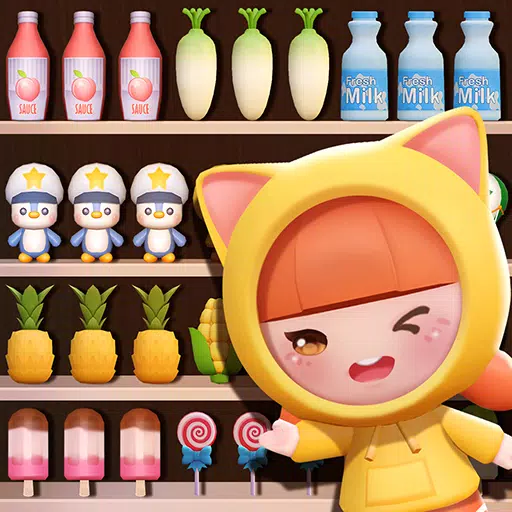In Stardew Valley, crafting artisan goods from your crops is a lucrative way to boost your income. While it's typically at higher levels that players set up extensive systems for producing Jelly and Wine, Preserves Jars become available early in the game, offering a significant advantage to new players.
Preserves Jars are incredibly versatile, allowing players to create a range of artisan goods. By using these jars, players can enhance the profitability of their fruits and vegetables, making them an essential component for those looking to maximize their Fish Ponds' potential. This guide provides comprehensive information on how Preserves Jars work and their benefits.
Updated on January 11, 2025, by Demaris Oxman: With Stardew Valley's 1.6 update, players now have the option to pickle many new foraged items, from the common Dandelion to the rare Purple Mushroom. This update opens up new avenues for foragers and artisan good crafters. This guide has been revised to include the latest details on utilizing Preserves Jars with these new items.
Where To Get Preserves Jars In Stardew Valley
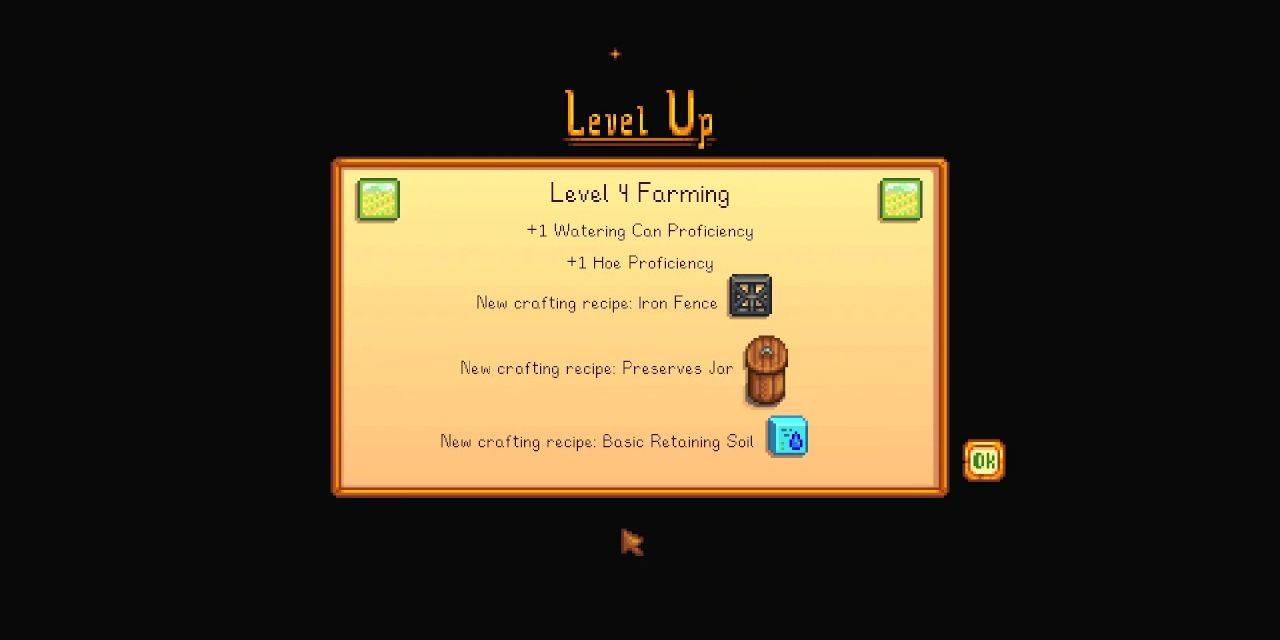 The recipe for crafting a Preserves Jar is unlocked at Farming Level 4. To craft one, you'll need:
The recipe for crafting a Preserves Jar is unlocked at Farming Level 4. To craft one, you'll need:
- 50
 Wood
Wood - 40
 Stone
Stone - 8
 Coal
Coal
These materials are readily accessible, making Preserves Jars an excellent choice for quickly producing a large quantity of artisan goods. Wood is obtained by chopping down trees, Stone by breaking rocks with a pickaxe, and Coal can be efficiently farmed by defeating dust sprites in the Mines.
In addition to crafting, players can earn a Preserves Jar by completing the Quality Crops Bundle (or the Rare Crops Bundle if using the remixed option) at the Community Center. They may also be available from the Prize Machine in Mayor Lewis' house.
What Are Preserves Jars Used For In Stardew Valley?
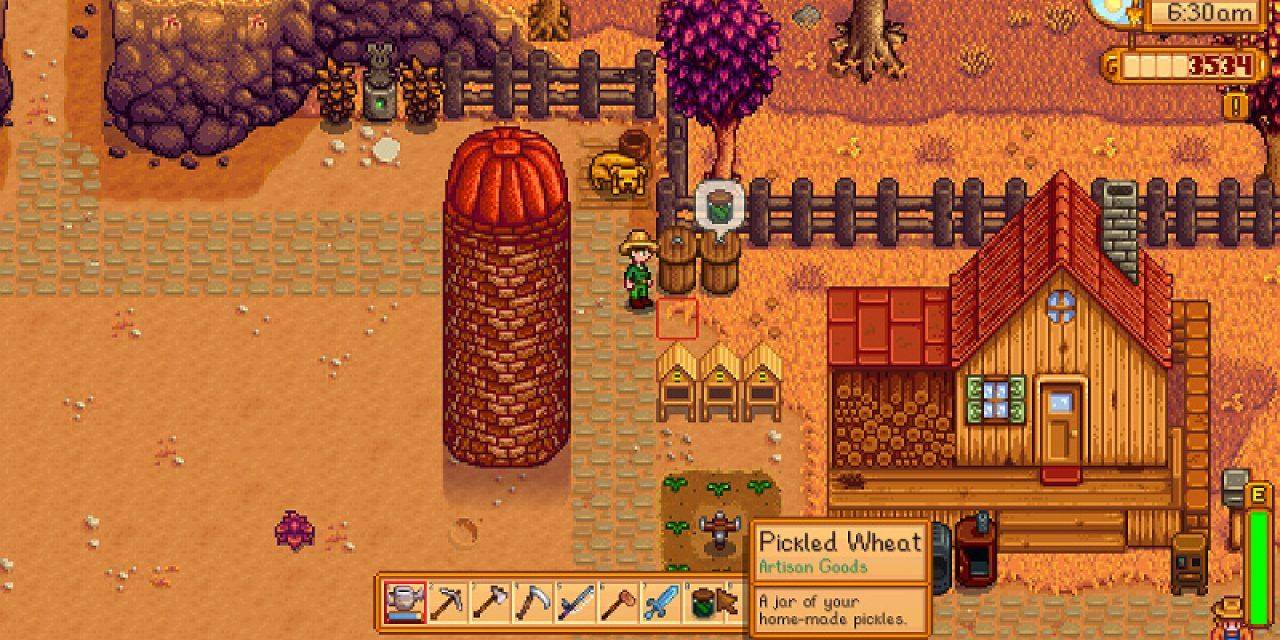 Preserves Jars can transform a variety of items into artisan goods. Choosing the Artisan profession at Farming Level 10 increases the sale price of these items by 40%. Here's a breakdown of what can be placed in a Preserves Jar and the resulting products:
Preserves Jars can transform a variety of items into artisan goods. Choosing the Artisan profession at Farming Level 10 increases the sale price of these items by 40%. Here's a breakdown of what can be placed in a Preserves Jar and the resulting products:
| Item | Product | Sell Price | Health/Energy | Processing Time |
|---|---|---|---|---|
| Fruit |  Jelly Jelly | 2x (base fruit value) + 50 | For edible fruit:
| 2-3 in-game days |
| Vegetable, Mushroom, or Forage |  Pickles Pickles | 2 x (base item value) + 50 | For edible items:
| 2-3 in-game days |
| Sturgeon Roe |  Caviar Caviar | 500g |
| 4 in-game days |
| Any Other Fish Roe |  Aged Roe Aged Roe | 60 + (base fish price) |
| 2-3 in-game days |
Only Mushrooms and Forage items that provide positive energy when eaten can be used in Preserves Jars. Items like Red Mushroom and Holly, which are poisonous and reduce energy, cannot be pickled.
The sell price is calculated based on the base value of the item, not its quality. Therefore, using lower-quality produce in Preserves Jars maximizes profit gains. For instance, a Jelly made from a gold-quality Apricot will have the same value as one from a normal-quality Apricot.
Preserves Jars or Kegs?
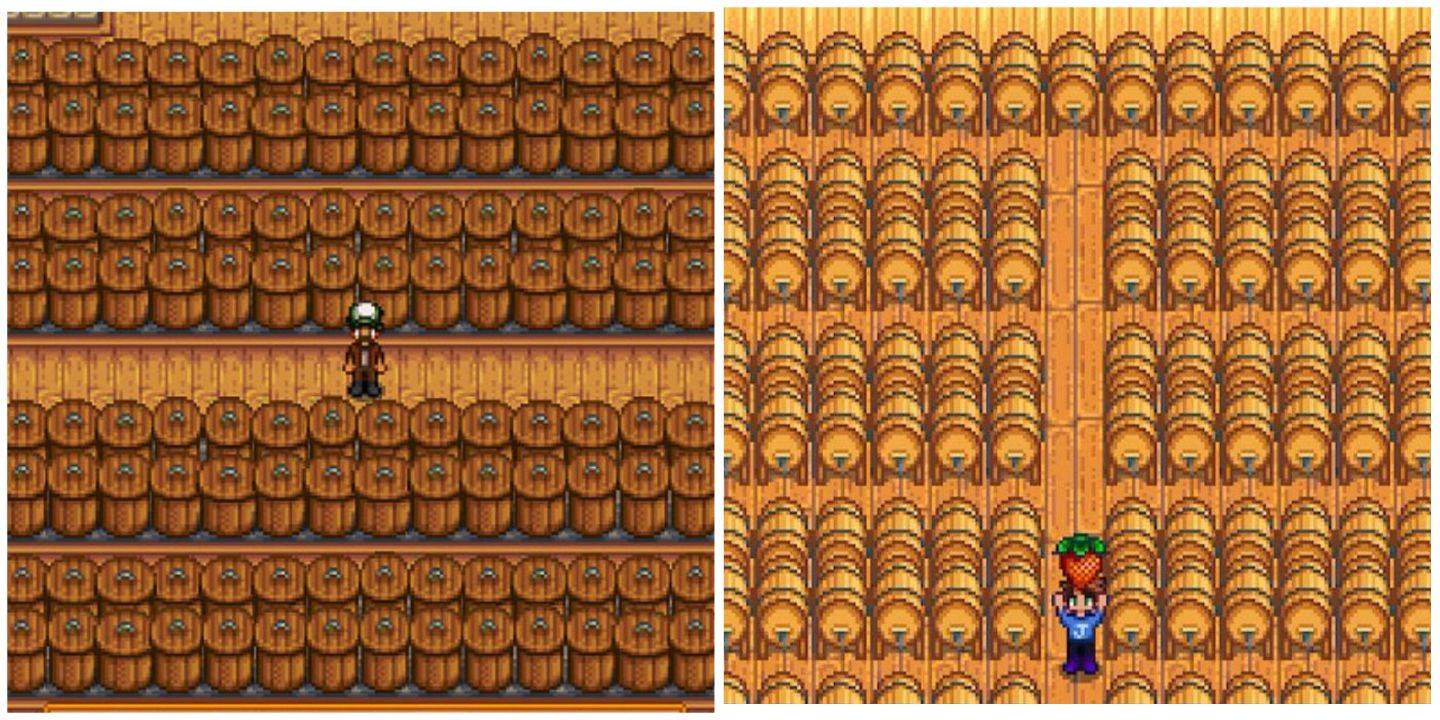 When deciding between Preserves Jars and Kegs for making artisan goods from fruits and vegetables, consider the base value of the items. Preserves Jars are more profitable for fruits under 50g and vegetables/forage items under 160g. They also process goods faster than Kegs. High-yield, low-value crops like Eggplants, wild berries, Corn, and Tomatoes are ideal for Jelly and Pickles.
When deciding between Preserves Jars and Kegs for making artisan goods from fruits and vegetables, consider the base value of the items. Preserves Jars are more profitable for fruits under 50g and vegetables/forage items under 160g. They also process goods faster than Kegs. High-yield, low-value crops like Eggplants, wild berries, Corn, and Tomatoes are ideal for Jelly and Pickles.
Preserves Jars are the only method for transforming Fish Roe into artisan goods, making them crucial for Fish Pond setups. Mushrooms, which cannot be used in Kegs, can only be processed into artisan goods via Preserves Jars or Dehydrators, with the former generally offering a higher profit margin.





